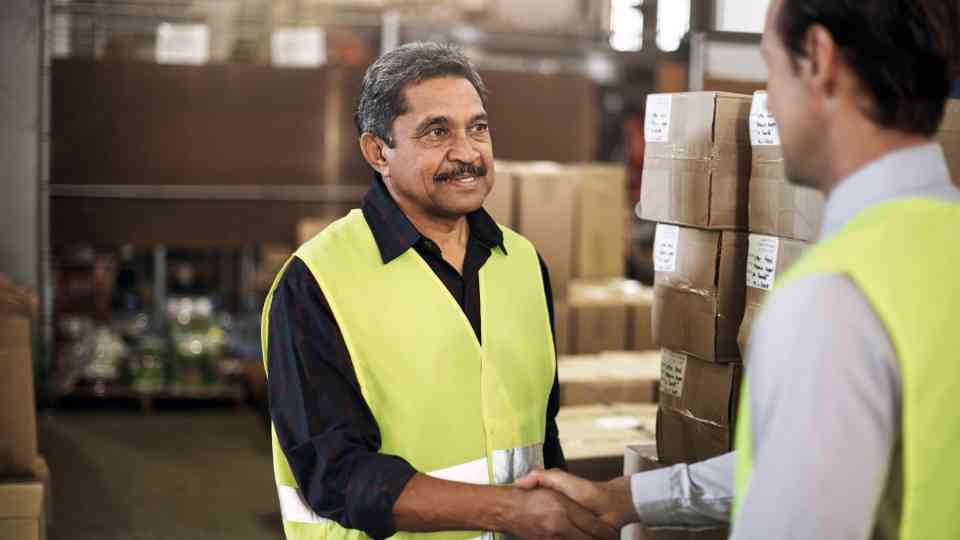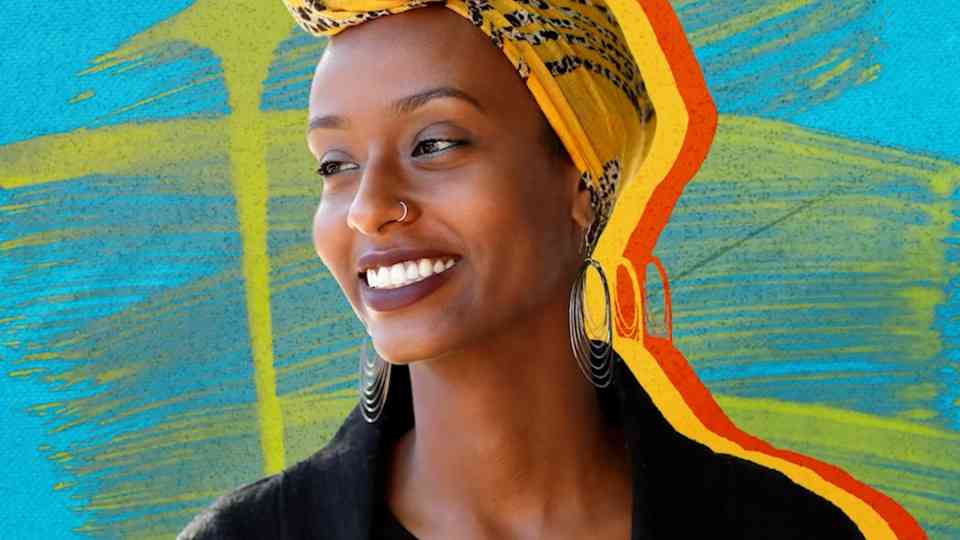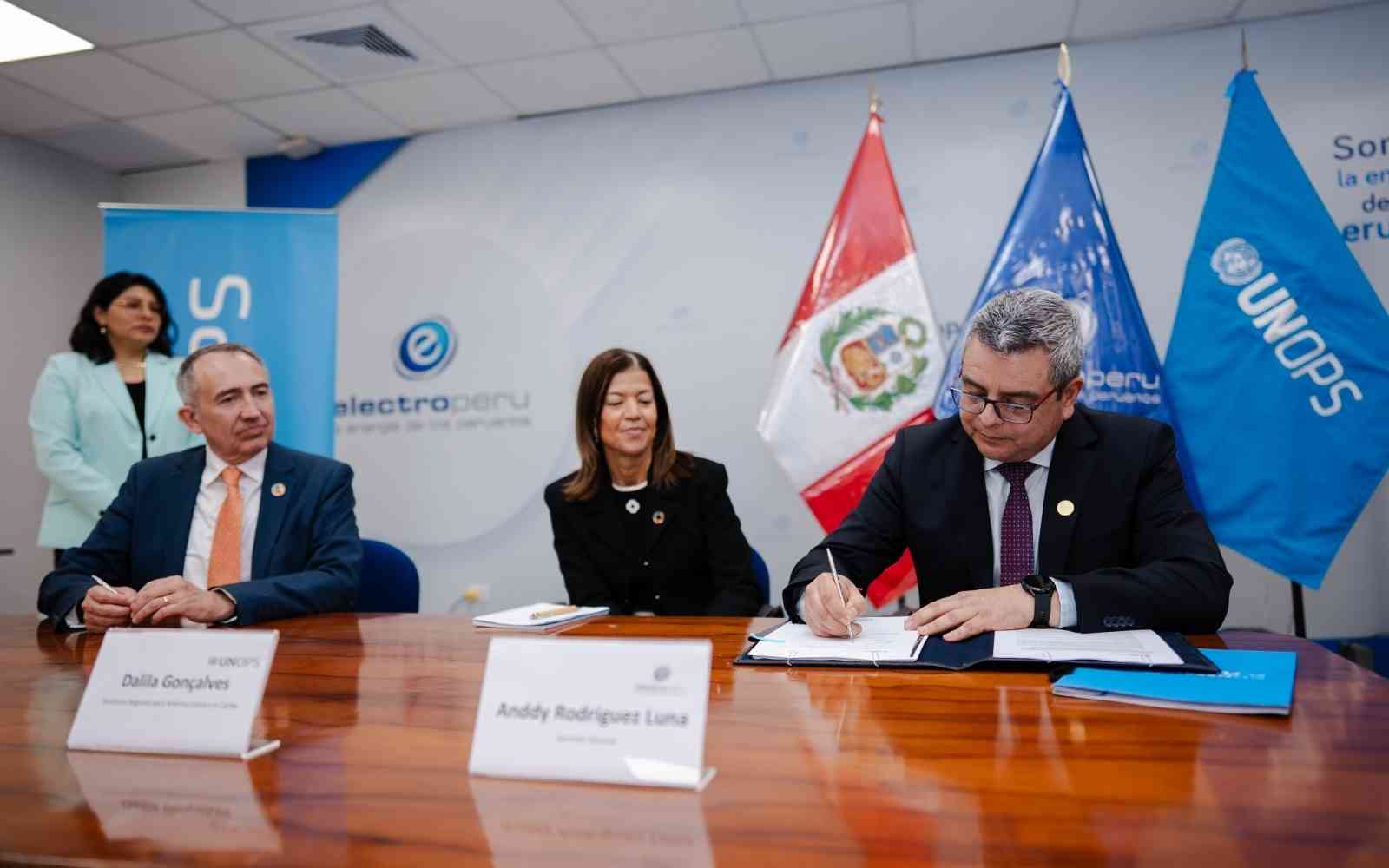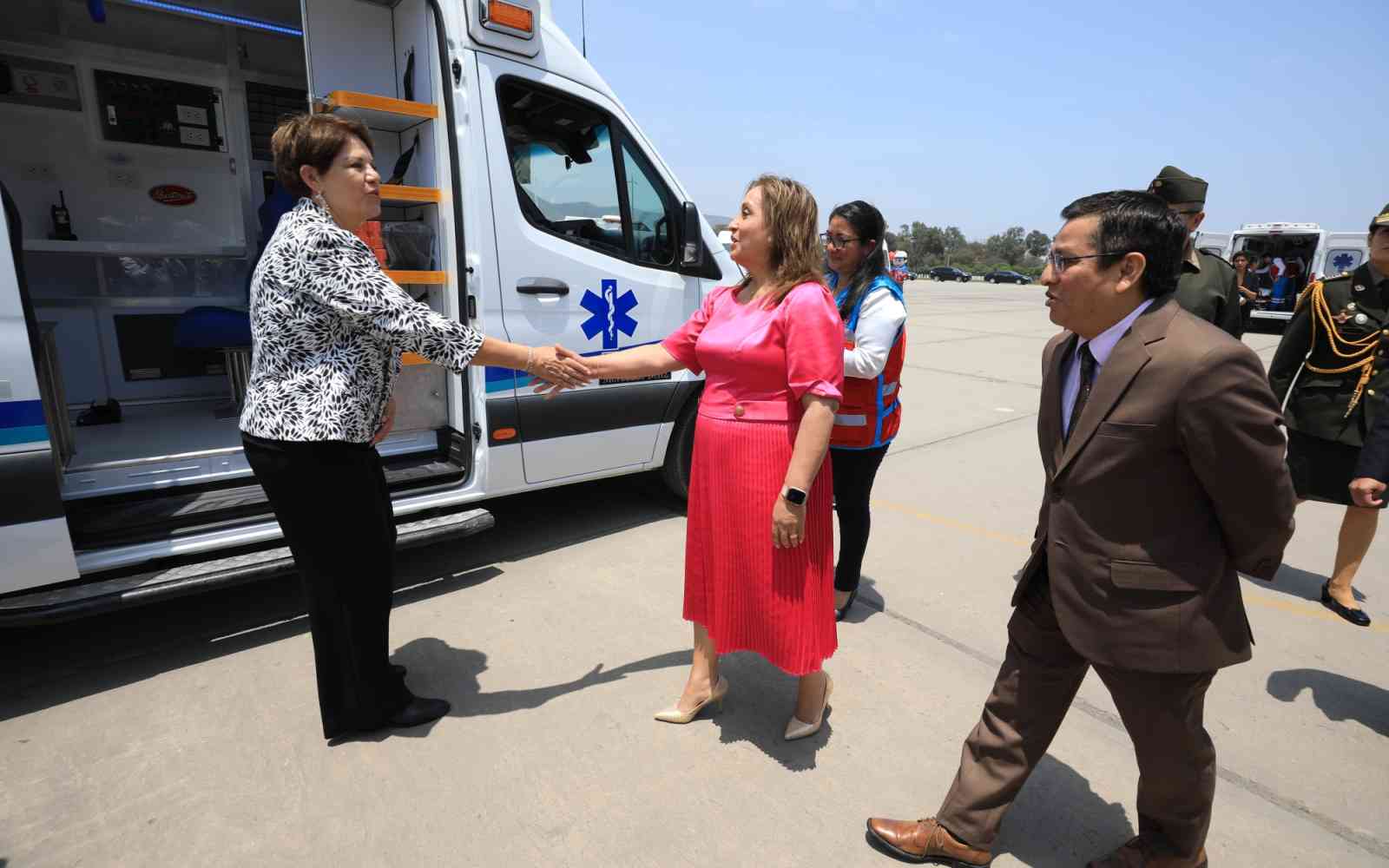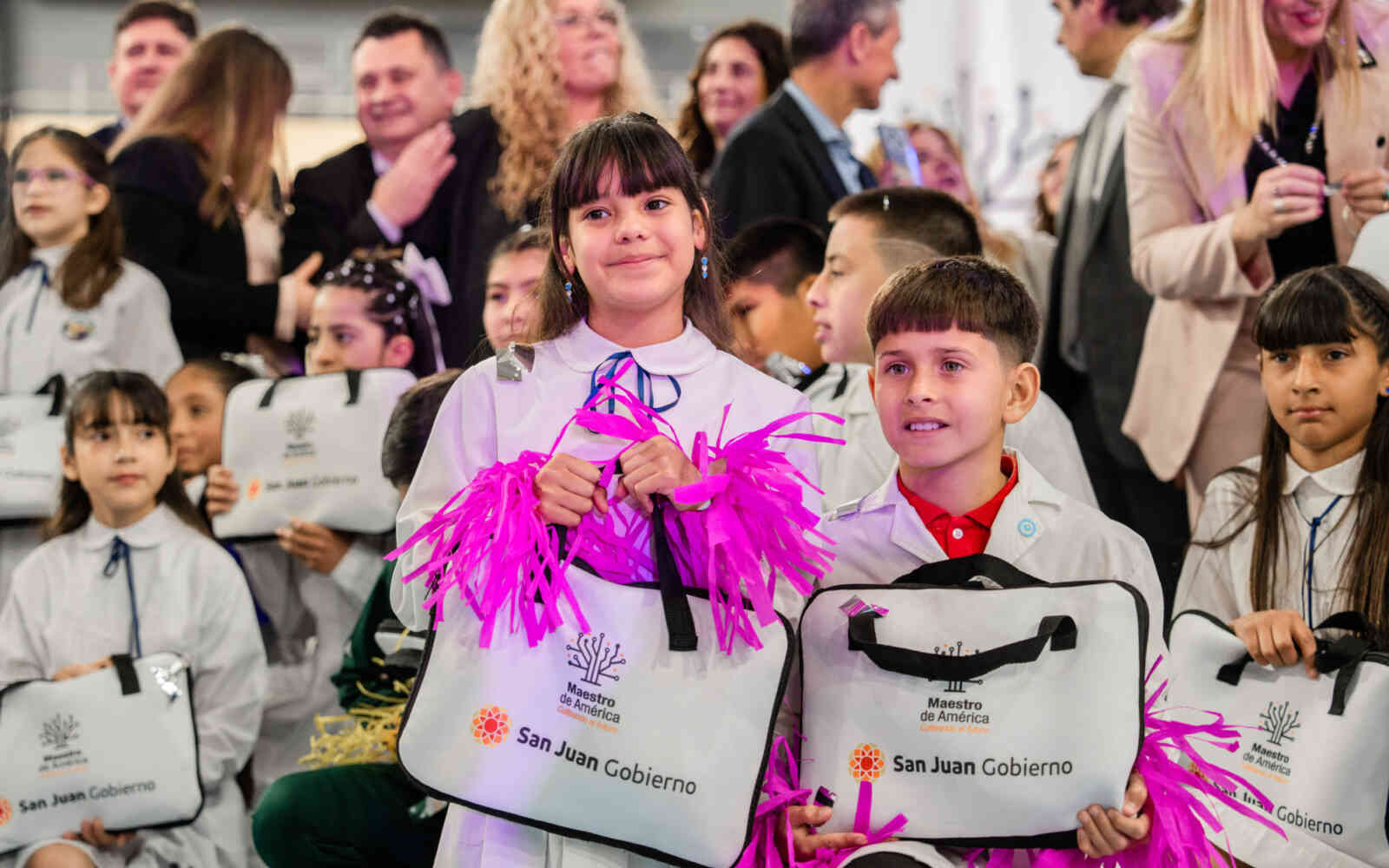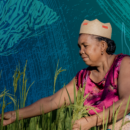The United Nations Office for Project Services (UNOPS)

Dry grounds to new beginnings
In Honduras, just 18 per cent of the population has access to safely managed drinking water. Yet, even for those households that are connected to a water distribution system, taps often run dry.
In communities without access to drinking water, the burden of collecting it usually falls on women and girls. Each day, they walk long distances – sometimes for hours – to reach rivers, wells or springs, often carrying heavy containers back home. This daily task not only takes a physical toll but also limits their opportunities for education, employment and community participation. For many, the search for water defines their daily routine, leaving little time for anything else.
Rising temperatures and prolonged droughts triggered by climate change are making this daily struggle even more critical, further depleting already scarce water sources. During drought periods, water is rationed and often reaches homes only every other day.
“Twenty years ago, our village was such a beautiful village with fruit trees, but it became deserted,” says Carlos Alfredo, a member of the Orealí community.
In rural areas, many communities have to rely on contaminated wells or rivers – threatening health, livelihoods and daily life.
“We've been without water for about 20 years. For days, nothing. We've dug little holes in the ground, and that's how we've been able to survive,” says José Virgilio García, a resident in Orealí, Oropolí.
“There are families who don’t have water, so they make holes [...] in the ground, and if that doesn’t work, they go to a contaminated river, which has brought them diseases,” says Belinda Suyapa Rodríguez, President of the Orealí Water Committee in Oropolí.
“The children have been the most harmed,” she adds.
Building resilience
Since 2024, UNOPS has been working with the National Autonomous Service of Aqueducts and Sewerage (SANAA) to bring lasting change through five community-based water projects in hard-to-reach communities in the mountainous regions of Olancho and El Paraíso.
The work includes the construction of new large storage tanks to harvest and store rainwater – each capable of holding up to 37,000 litres of water – as well as the expansion of the water distribution network, including pipelines that draw directly from natural sources such as rivers and springs.
While UNOPS handles the procurement and delivery of equipment and construction materials to the sites, SANAA is leading the construction on the ground, ensuring that every household can turn on a tap and enjoy a steady, reliable flow of clean water, something that was once out of reach for many.






“We are very grateful [...] because today all of us living here are going to have water,” says Gerson Flores, a resident in La Florida del Lagarto, Olancho.
Communities are at the heart of this project. Residents not only participated in the construction work but also came together to form water committees, taking ownership of the systems that will serve them for the years to come. Their engagement and commitment are key to making lasting change possible.




These new water systems will help communities withstand the impacts of a changing climate, giving families a steady source of clean water even as droughts become more frequent.
“Our work doesn’t end when the project is handed over to the community. We continue working with the community, we continue training the people and the Water Committees, on how to manage their water system and how to maintain it in the future,” says Dania Cardona, an engineer at SANAA.
“These initiatives demonstrate the real-world impact of our work, providing sustainable solutions that improve the lives of thousands in local communities,” says Laura Sierra, a UNOPS project manager.

For more than 20 years, we have been dreaming of this project, and even now my heart races as I see it finally becoming a reality.
Today, more than 2,400 people in the communities of La Ermita, La Florida del Lagarto, La Ruda, Orealí and San José de la Montaña are beginning to experience what once seemed like a distant dream: reliable access to clean water.
Families who once relied on unsafe or distant water sources are now seeing their daily lives transform.
Beyond better health, these new systems also bring back dignity and hope, reshaping the way communities live, work and thrive.





About the project
